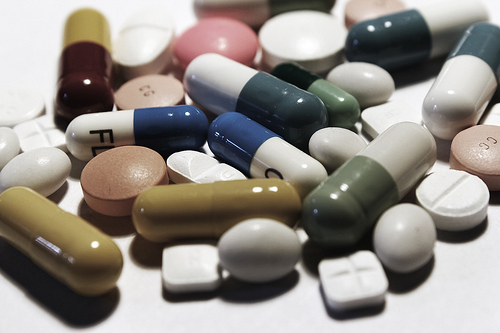The use and abuse of drugs and alcohol is especially common in teens and has a variety of serious consequences.¹ Fifty per cent of deaths (accidents, homicides, suicides) involve alcohol or drug abuse in the 15-24 age range.¹ Drugs and alcohol also contribute to physical and sexual aggression such as assault or rape.¹
Use of drink and drugs can be classified as¹:
- Abstinent: no use i made
- Controlled: the individual has made a conscious decision, has evaluated the risks and can stop if he or she wants to
- Impulsive: use is unpredictable and can lead to unexpected accidents and harm, but there is no continual use or dependency
- Habitual: the use of alcohol or drugs have become a significant and important part of the person's life-style
- Dependent: there is a high degree of physical and psychological addiction, alcohol and drug use disrupts or rules the person's life, and stopping is not possible without considerable support.
There are three types of alcohol or drug related criminal offense²:
- Alcohol and Drug-Defined: in violation of laws prohibiting or regulating the possession, use, distribution, or manufacture of alcohol or illegal drugs;
- Alcohol and Drug-Related: in violation of laws as a result of being under the influence of alcohol or drugs, or trying to get cash to pay for alcohol or drugs;
- Alcohol and Drug-Using Lifestyle: in violation of laws as a result of living a lifestyle where a person may not have a job or source of income and is exposed to situations and individuals that encourage crime.
Thirty-seven per cent of almost 2 million convicted offenders currently in jail report that they were drinking at the time of their arrest.² In 2007, over 1.4 million drivers were arrested for driving under the influence of alcohol or drugs.² One in 100 U.S. citizens is now confined in jail or prison, and 80% of offenders abuse drugs or alcohol. Nearly 50% of jail and prison inmates are clinically addicted.²
Image source:
1. Flickr
Resources:
1. American Academy of Child & Adolescent Psychiatry. Alcohol and Drug Abuse. Retrieved May 7, 2014, from http://www.aacap.org/aacap/Families_and_Youth/Glossary_of_Symptoms_and_Illnesses/Alcohol_and_Drug_Abuse.aspx
2. National Council on Alcoholism and Drug Dependence, Inc. Alcohol, Drugs and Crime. Retrieved May 7, 2014 from, http://www.ncadd.org/index.php/for-youth/drugs-and-crime/230-alcohol-drugs-and-crime
© BrainMass Inc. brainmass.com July 26, 2024, 4:39 am ad1c9bdddf